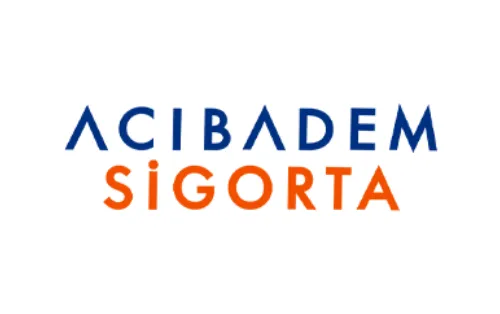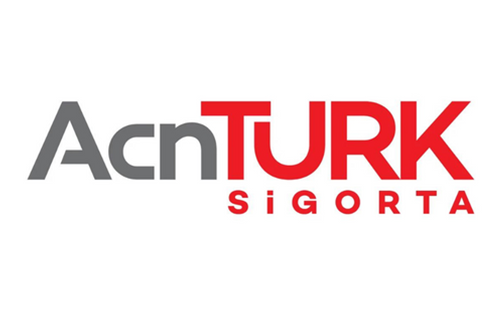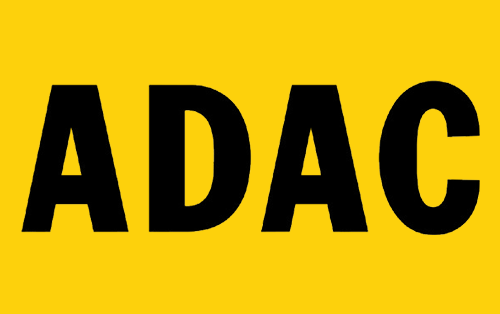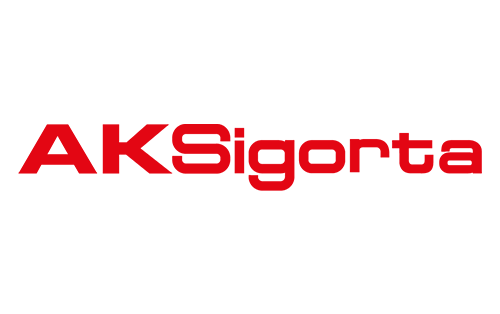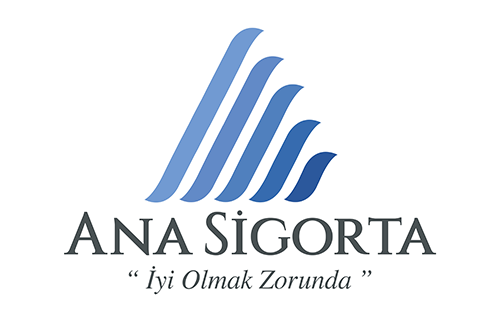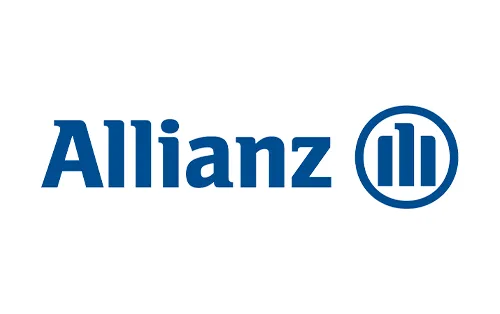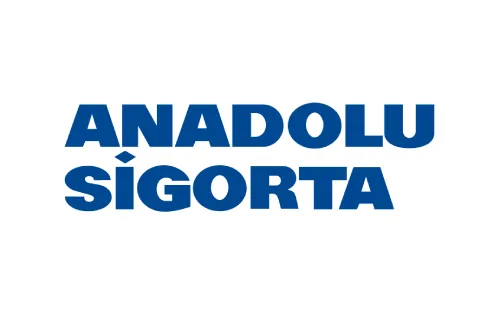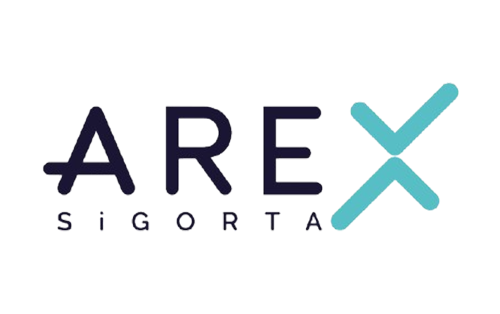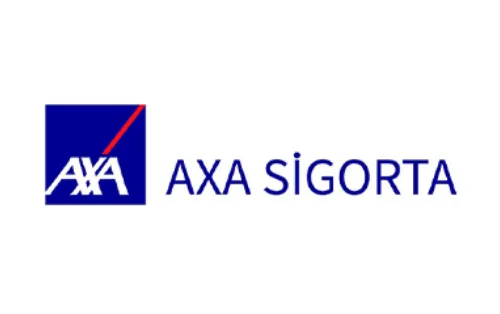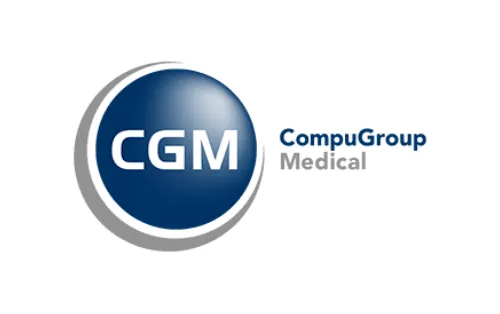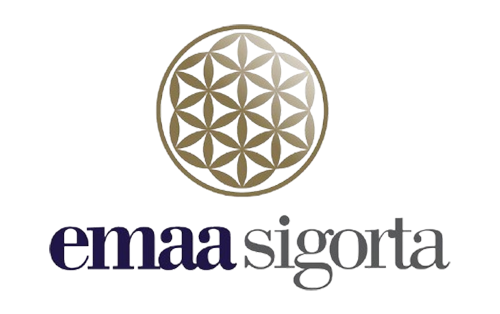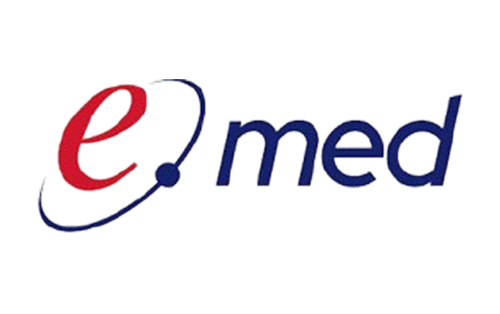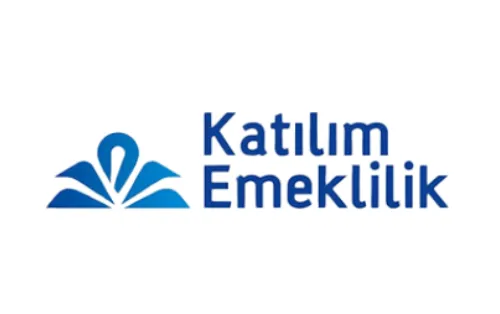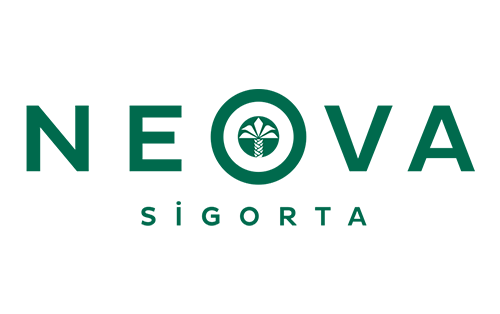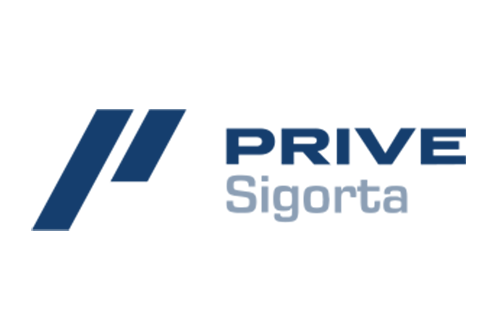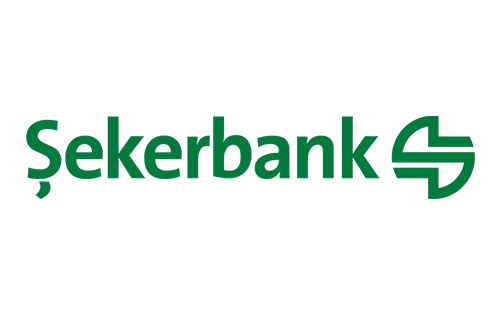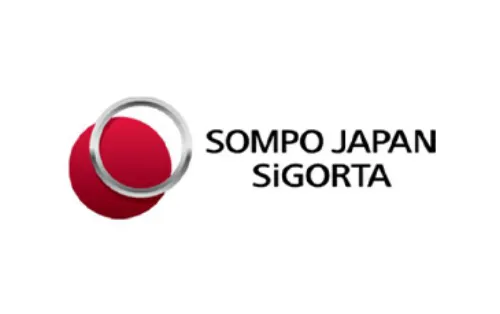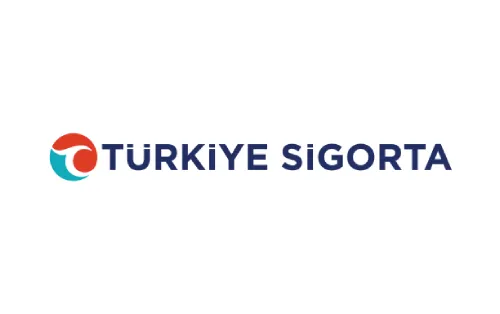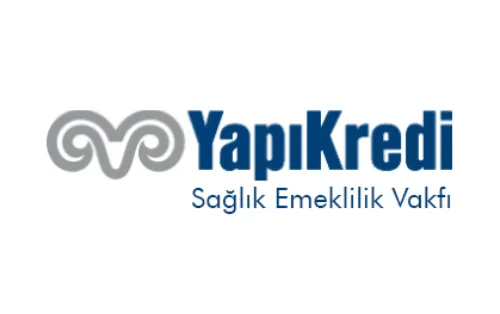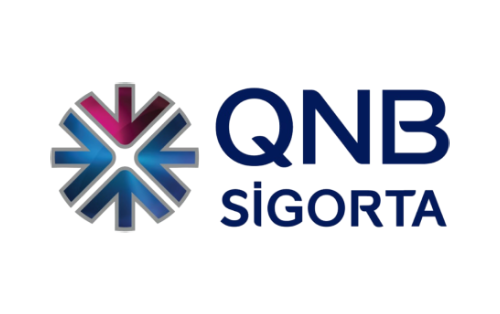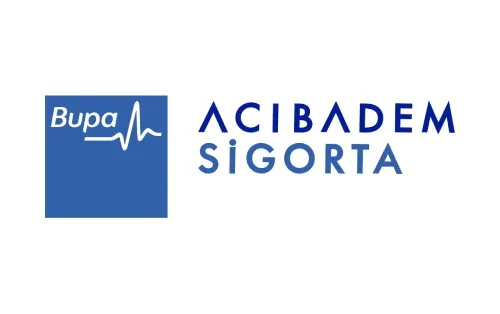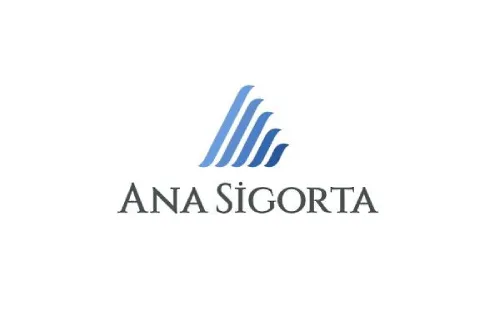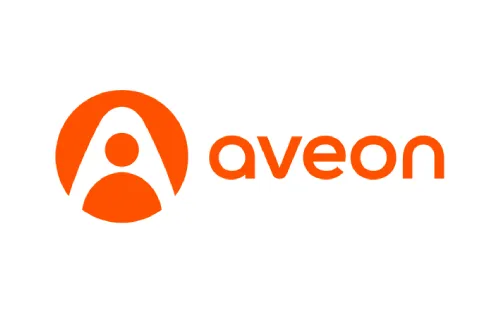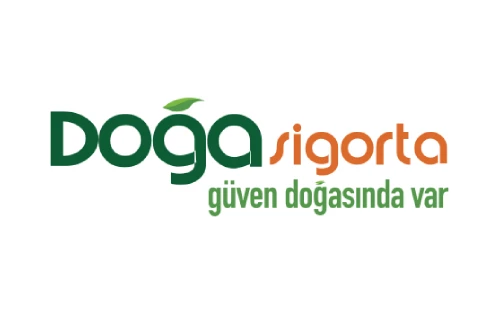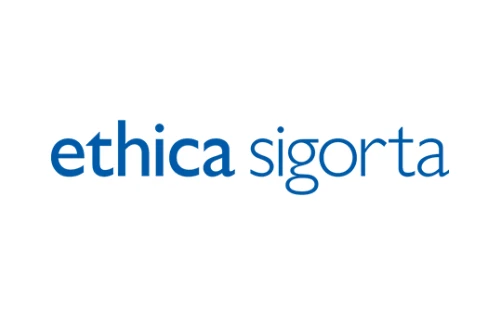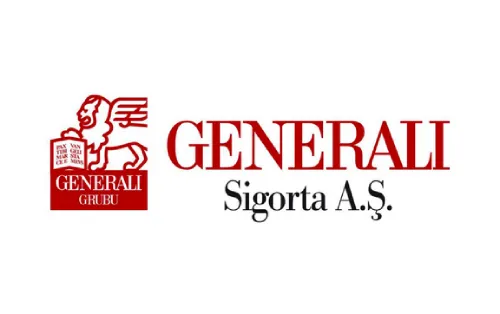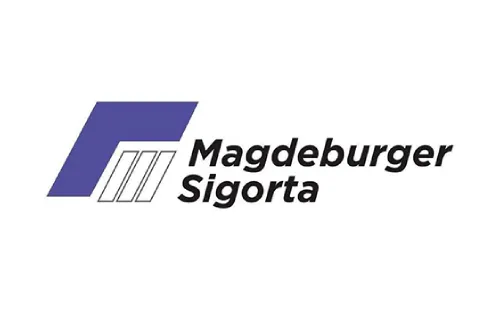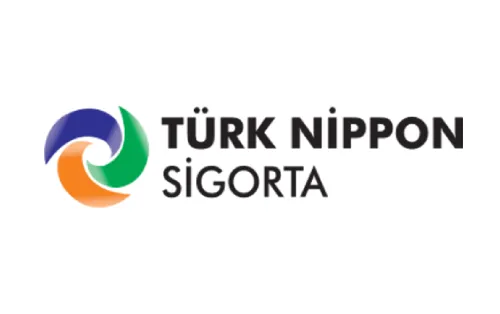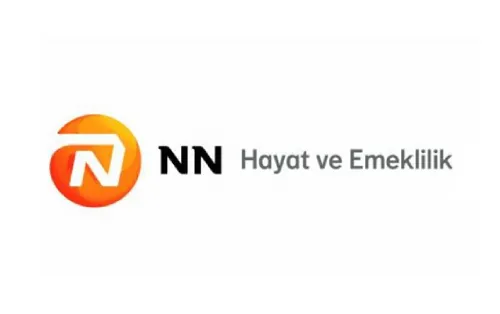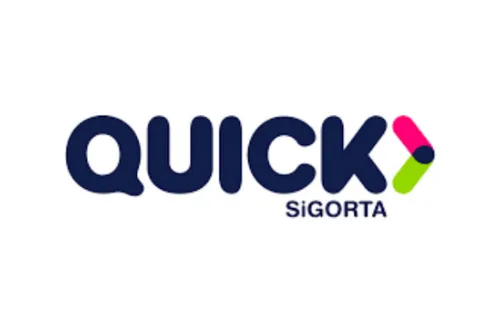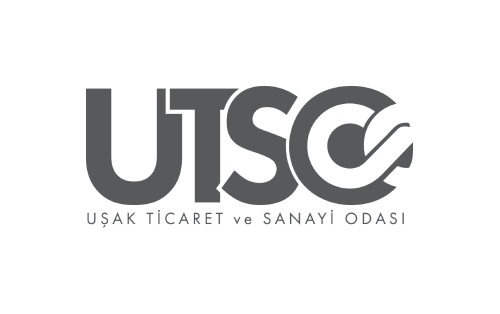Surgery for the nose (nasal airway surgery) is performed without the need for external incisions through the nostrils.
Deviation septum surgery (septoplasty) is surgery to correct deformity in the nasal septum. Turbinectomy or turbinoplasty is the surgical reduction or removal of an enlarged Concha (nasal tissue) inside the nose. Both surgeries are performed mainly to improve airflow or improve sinus drainage, but they may have other purposes, such as controlling nosebleeds .
Deviated septum surgery and Concha surgery take about an hour and the patient is closely monitored, as he will usually be under general anesthesia. Complications rarely occur, and the patient can usually go home on the same day as surgery.
In order to prevent nosebleeds, it is important for the patient to keep his head high and avoid any strain during bowel movements or exercise. A slight swelling of the face and nose can occur, but it is not common, and ice packs can help reduce this swelling.
It is very important to follow the doctor's instructions regarding post-operative care, and the success of the operation may be due to this post-operative care. Patients will be informed about nasal congestion, removal of nasal congestion, necessary follow-up examinations and the importance of using nasal irrigation to reduce nasal crust or crust formation. The surgical area will be very sensitive to normal activities such as lifting objects, wearing glasses, bending, nasal congestion and other activities, so these conditions should be avoided if possible.
The objectives of nasal airway surgery are:
- Improving airflow through the nose
- Nosebleed control
- Improve visualization of the inside of the nose(to identify other nasal problems)
- Relieving nasal or sinus headaches associated with swelling of the inside of the nose
- Promoting drainage of sinus cavities








